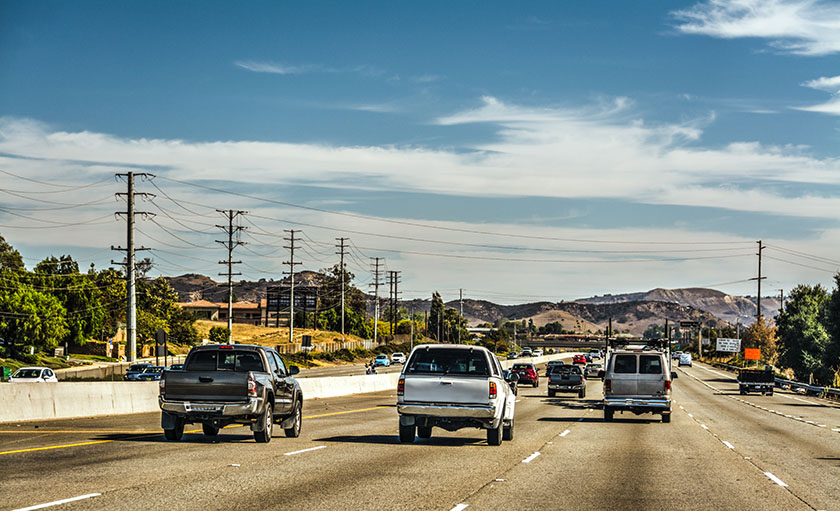Survey: Consumers are primed for telematics apps Read article


In chapter 1, we work to establish the modern definition of “mobility data,” which is essentially telematics data that has been contextually enriched and ready for analysis by an organization like Arity.
In chapter 2, we discuss why we, that is, anyone in the field of improving transportation, are making the transition to leveraging mobility data, in addition to telematics, to optimize the way we get around.
In this chapter, we address the incredible opportunities surrounding “connected driving,” including defining the term and how mobility data is making it all possible.
Connected driving, historically, included services like GM OnStar® or Mercedes-Benz mbrace® that helped drivers in the event of an emergency. But these are not high enough frequency connections to provide the benefits of what we call Connected Driving Generation Two: A Continuous Connection.
Modern-day connected driving relies on a persistent signal or a “continuous connection.” When a vehicle is in motion, the connection with a smartphone, sensor, or other device is triggered to understand the vehicle’s movements over time. After we enrich raw telematics input with a contextual layer, it becomes valuable mobility data.
With mobility data, we can determine customer needs and product and service enhancements to improve safety, product value, convenience, and more.
In short, today the definition of today’s connected driving is a persistent or continuous signal from a driver in motion that will collect and send data about the vehicle movement over space and time.
When the driver stops driving, the connection breaks, which helps ensure privacy.
Anyone who is involved in improving or servicing the transportation industry – from auto insurance companies to sharing economy companies to city planners – can benefit from connected driving.
Consider this. A lot of the things we do around transportation are based on proxies for things that are happening in transit, without actual knowledge of what is happening in real life.
For example, insurance rates are being calculated based on information, like credit scores and demographics, that has nothing to do with actual driving. Credit scores have served as a reliable proxy, but actual driving data would give you an even better indication of driving risk.
As another example, we can look at cities and how they deal with congestion and road repair; this is usually all based on human theory, judgment, and trial and error. A persistent connection with the drivers in that city can help planners gain a real-world understanding of what is happening in specific locations over time.
Sharing economy – ridesharing, car sharing, etc – only exists because of connectivity. Now, sharing economy companies, such as Lyft and Uber, can leverage mobility data to determine strategies to identify and develop better drivers.
Insights from connected car data and mobile sensors enable sharing economy companies to better assess driver quality.
Also, sharing economy companies have an ongoing supply-and-demand challenge. But with continuous connections, they have been able to validate the demand for ride services outside of city centers, when traditionally cabs stayed in busy or dense parts of town.
It’s tough to find reliable transportation outside of the city. Sharing economy companies can now use connected driving to route drivers to areas with high demand.
Connected driving can also shape the future of mobility. Real-time data delivers the insights we need for innovation like automated driving.
Many organizations are beginning to test how mobility data sharing can impact their organization. What we’re all finding is, what we don’t know can hurt us.
Most personal use insurance policies have the depth of knowledge and expertise around modern connectivity that can answer these questions. Not knowing not only puts them at a competitive disadvantage, it could also be putting more drivers (as well as riders and pedestrians) at risk.
Sharing economy companies have a better connection, but still need to analyze how and where people are moving, and what set of circumstances change that behavior.
And for cities? Just imagine city planning that relies on the latest movement trends, rather than theories and guesses based on past behavior.
Connected driving is a game changer.
What are the benefits of today’s continuous connections with drivers? Here are a few.
A valuable connection is so much more than an uploaded mobile phone app and an individual’s permission for us to collect location and other types of data. A connection is also more than that individual’s interaction with the app.
Mobility data enables a new level of connected driving, one that is enriched contextually and can lead to the types of insights, when evaluated by experienced data experts, that will make a tremendous difference in the future of not only transportation, but the organizations that support it.